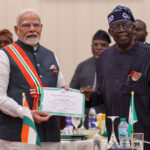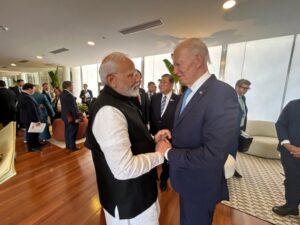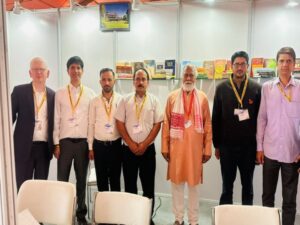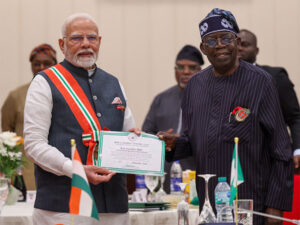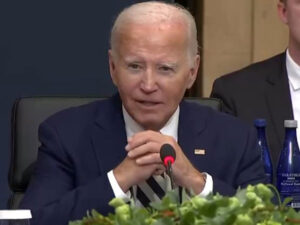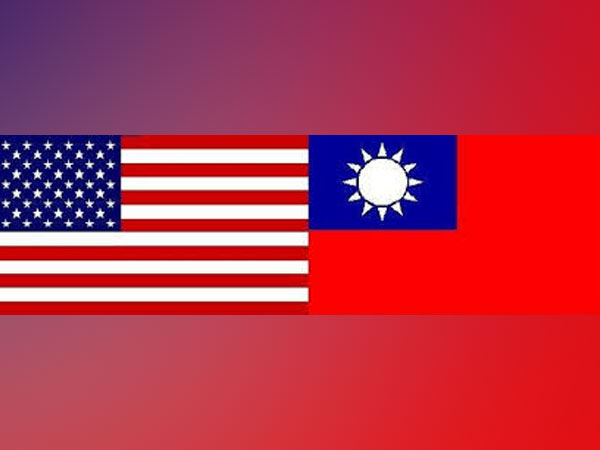
Taipei [Taiwan], October 30 (ANI): The US–Taiwan Business Council has endorsed a potential USD 2 billion arms package from the United States to Taiwan, lauding the arrangement as “an important development” that further bolsters defence ties between the two nations, Taipei Times reported.
The Council praised both governments in Washington and Taipei, for reaching an agreement on the proposed sale.
The arms package, valued at USD 2 billion, is expected to include USD 1.16 billion for missile systems and USD 828 million for radar systems.
Key components include three National Advanced Surface-to-Air Missile Systems (NASAMS) that Taiwan will acquire for the first time, marking it as only the third regional nation to receive these defence systems, alongside Australia and Indonesia.
US Defence officials, speaking on condition of anonymity, highlighted this as a milestone move to strengthen Taiwan‘s defences.
NASAMS systems, previously deployed in Ukraine, were described as “proven” by Taiwan‘s Ministry of Foreign Affairs in a statement issued last week expressing appreciation for the defence package. The radar systems, identified as AN/TPS-77 and AN/TPS-78, are anticipated to significantly enhance Taiwan‘s air-defence capabilities, reported Taipei Times.
“This package serves as a significant step forward in the modernisation of Taiwan‘s air-defence architecture,” said Rupert Hammond-Chambers, President of the US–Taiwan Business Council.
He emphasised that the systems represent a “significant broadening” of the Biden administration’s stance on Taiwan‘s defence, highlighting the increased strategic support from the US government.
The US–Taiwan Business Council has been actively involved in defence-related issues between the US and Taiwan, hosting the annual US–Taiwan Defence Industry Conference, which draws officials and experts from both countries to discuss security and defence collaboration, Taipei Times reported.
Hammond-Chambers further stated that the radar systems will play a crucial role in bolstering Taiwan‘s surveillance of maritime and aerial activities, offering stronger defences against “gray zone” activities–coercive military tactics short of open conflict–employed by China.
He noted that the package should prompt “greater consideration of all the military threats posed to Taiwan.”
These NASAMS systems will integrate with Taiwan‘s existing Patriot-III missile defence and its domestically developed Tien-Kung III system, the council’s statement confirmed. Hammond-Chambers urged Taiwan‘s military to enhance its readiness by securing ample ammunition and missile components to prepare for potential threats. (ANI)





